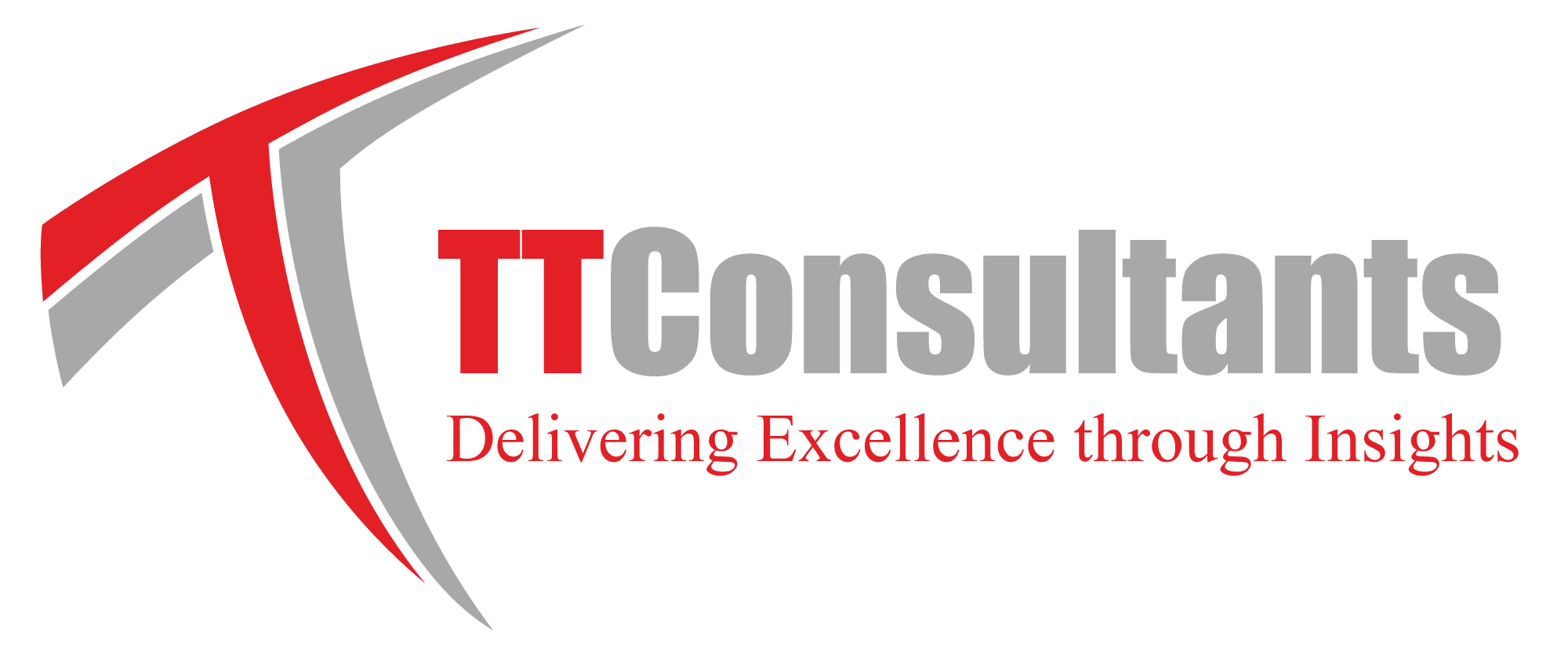Analyzing 5G Market Share: The Numbers Behind the Growth (2025)
- June 13, 2025
1. Introduction
As the world accelerates into the digital era, 5G technology stands as a transformative force, driving innovation across industries and reshaping business models. For industry professionals, investors, and IPR consultants, understanding the 5G market size, share, and growth trajectory is essential for strategic decision-making and intellectual property planning.
This comprehensive analysis unpacks the 2025 5G landscape, highlighting key players, effective go-to-market strategies, and the expanding universe of 5G applications – from infrastructure to end-user services.
Table of Contents
2. 5G Market Size and Growth: The Big Picture
The global 5G infrastructure market is projected to reach USD 43.5 billion in 2025, with a staggering compound annual growth rate (CAGR) of 41.7% expected through 2034, potentially reaching USD 675.9 billion by the end of that period. Broader definitions of the 5G technology market reveal even more dramatic growth, with forecasts suggesting a leap from USD 29.8 billion in 2024 to over USD 4.1 trillion by 2037, at a CAGR exceeding 47%.
These figures underscore the immense opportunities and scale of investment within the 5G ecosystem. For context, the 5G services market alone is estimated at USD 142.77 billion in 2024, growing at 27.4% annually through 2032.
2.1 Regional Highlights
While the 5G technology landscape is global, some regions are leading the way in deployment and adoption:
- North America: The U.S. boasts 68.4% 5G coverage, driven by heavy investment from telecom giants like Verizon, AT&T, and T-Mobile. The U.S. market is expected to grow at a CAGR of 18.5% from 2025 to 2035.
- Asia-Pacific: South Korea (63% coverage), Japan (56%), and China (CAGR of 21.5%) are at the vanguard, with robust government support and rapid consumer adoption.
- Europe: The UK (CAGR 17.2%), Germany (17%), and France (16.8%) are accelerating 5G rollout, supported by industry leaders like Vodafone and Deutsche Telekom.
These regions exemplify the global momentum behind 5G, but emerging markets are also beginning to see significant investment and growth.
Explore who’s leading the 5 G infrastructure market. Get TT Consultants’ Global 5G Market report for market updates, growth forecasts, and competitive insights.
3. 5G Market Share and Key Players
The 5G market is highly competitive, with a mix of established telecom equipment providers, semiconductor companies, and new entrants driving innovation.
Company | Country | Estimated Market Share (%) |
Huawei Technologies | China | 18.7 |
Ericsson AB | Sweden | 14.3 |
Nokia Corporation | Finland | 12.9 |
Qualcomm Incorporated | USA | 11.1 |
Samsung Electronics | South Korea | 10.6 |
Other notable competitors include ZTE, Cisco, NEC, Fujitsu, and Tech Mahindra. These companies compete not only on technology but also through strategic partnerships, supply chain resilience, and intellectual property portfolios.
3.1 Strategic Comparison: Leading 5G Players
Company | Core Strengths | Strategic Focus | Notable Partnerships |
Huawei | R&D, end-to-end solutions | Global expansion, open ecosystems | Multiple telecoms, governments |
Ericsson | Network innovation, Open RAN | 5G standalone, private networks | AT&T, Vodafone, T-Mobile |
Nokia | End-to-end infrastructure, security | Network slicing, industrial IoT | Deutsche Telekom, Orange |
Qualcomm | Chipsets, IP licensing | Mobile devices, automotive, IoT | Samsung, Xiaomi, automakers |
Samsung | Devices, network equipment | 5G RAN, mmWave, private networks | Verizon, SK Telecom |
4. 5G Growth Drivers and Emerging Trends
4.1 Key Growth Drivers
- Surge in Mobile Data Traffic: Video streaming, cloud gaming, and IoT devices are driving demand for high-speed, low-latency networks.
- Enterprise Digital Transformation: Industries such as manufacturing, healthcare, and automotive are adopting 5G for automation, remote operations, and real-time analytics.
- IoT and Edge Computing: The proliferation of connected devices requires robust, scalable networks, making 5G essential for smart cities, industrial IoT, and consumer electronics.
- Government and Regulatory Support: Spectrum auctions, R&D funding, and policy frameworks are helping accelerate 5G deployment globally.
- Private 5G Networks: Enterprises are investing in dedicated 5G networks for enhanced security, control, and customization.
4.2 Emerging Trends
- Network Virtualization and Open RAN: Virtualized and open radio access networks reduce costs and enable faster deployment.
- Satellite-Based 5G: Integration with satellite technology is helping extend coverage to remote and underserved areas, with the market projected to reach USD 6.69 billion in 2025.
- AI and Automation: Artificial intelligence is optimizing network performance, cybersecurity, and predictive maintenance, particularly in satellite-based 5G networks.
- Industry-Specific Applications: 5G is foundational for autonomous vehicles, telemedicine, smart factories, and augmented reality.
5. 5G Tech: Top-to-Bottom Applications
5.1 Infrastructure Layer
- Radio Access Network (RAN): Accounts for 36% of the 5G infrastructure market, enabling high-speed connectivity and low latency.
- Next-Generation Core (NG Core): Holds 29% of the market, supporting standalone 5G networks and advanced features like network slicing and ultra-reliable low-latency communication (URLLC).
5.2 Middleware and Platforms
- Network Slicing: Allows multiple virtual networks to run on a single physical infrastructure, catering to diverse industry needs.
- Edge Computing: Brings computation closer to data sources, reducing latency and enabling real-time applications.
5.3 End-User Applications
- B2B: Smart factories, autonomous logistics, remote healthcare, and industrial IoT.
- B2C: Enhanced mobile broadband, immersive gaming, augmented reality, and smart home devices.
5.4 Use Cases Comparison
Application Area | B2B Use Cases | B2C Use Cases |
Healthcare | Remote surgery, telemedicine | Wearables, health monitoring |
Automotive | Autonomous fleets, V2X | Connected cars, infotainment |
Manufacturing | Smart factories, robotics | Indirect: Enables smart and connected consumer products. |
Smart Cities | Traffic management, utilities | Smart homes, public Wi-Fi |
6. Effective Go-to-Market Strategies
6.1 For Equipment Providers
- Partnerships and Alliances: Collaborating with telecom operators, cloud providers, and industry leaders to co-develop solutions and expand market reach.
- Open RAN Adoption: Embracing open standards to reduce costs, accelerate deployment, and foster innovation.
- Customization for Vertical Markets: Tailoring solutions for healthcare, manufacturing, and automotive to address specific industry needs.
6.2 For Service Providers
- Network-as-a-Service (NaaS): Offering flexible, scalable network solutions to enterprises and consumers.
- Private 5G Networks: Providing dedicated networks for large enterprises, campuses, and industrial sites.
- Value-Added Services: Bundling security, analytics, and managed services with 5G connectivity.
6.3 For Investors and IPR Consultants
- Portfolio Diversification: Investing in a mix of infrastructure, platforms, and application providers.
- IP Strategy: Focusing on patents related to network virtualization, AI-driven optimization, and industry-specific 5G applications.
- Market Intelligence: Providing insightful analysis of regulatory developments, spectrum auctions, and partnership trends to identify emerging opportunities.
7. 5G Value and Supply Chain
The 5G value chain is highly complex, encompassing hardware, software, services, and end-user applications:
- Upstream: Semiconductor manufacturers, equipment providers, and software developers.
- Midstream: Network operators, cloud providers, and platform vendors.
- Downstream: Enterprises, consumers, and application developers.
Key Supply Chain Trends
- Localization: Governments and companies are now prioritizing local manufacturing and supply chain resilience.
- Sustainability: Reducing energy consumption and carbon footprint is becoming a competitive differentiator.
- Integration: Convergence of 5G with AI, IoT, and edge computing is a big part of creating new business models and revenue streams.
8. 5G Customer Demand and Sales Dynamics
Customer demand for 5G is driven by the need for faster, more reliable connectivity, seamless experiences, and innovative applications. Enterprises are seeking solutions that enable digital transformation, while consumers expect enhanced mobile experiences and new services.
Sales Strategies
- Solution Selling: Focusing on business outcomes rather than technical features.
- Channel Partnerships: Leveraging resellers, system integrators, and cloud marketplaces to reach a broader audience.
- Customer Education: Demonstrating the value of 5G through pilots, trials, and proof-of-concept projects.
9. 5G Business Opportunities and Research Outlook
The 5G technology landscape offers vast opportunities for innovation, investment, and intellectual property creation. Key areas of focus include:
- New Use Cases: Autonomous systems, smart cities, and immersive media.
- Research and Development: Advancements in network virtualization, AI-driven optimization, and security.
- Market Expansion: Growth in emerging markets and underserved regions.
10. Conclusion
The 5G market in 2025 is not just about faster connectivity – it’s a catalyst for global digital transformation, innovation, and economic growth.
As the 5G ecosystem continues to expand, stakeholders must stay ahead of regulatory developments, market trends, and technological advancements. The future of 5G is not just about the technology itself, but about how it transforms industries, creates new business opportunities, and shapes the global digital landscape for years to come.
About Us
Services:
- Market Research
- Patentability Search
- Invalidation Search
- Freedom to Operate (FTO) Analysis
- Patent Portfolio Management
- Patent Infringement Searches
- Drafting & Illustrations
- Competitive Benchmarking
- Technology Scouting
- Landscape Analysis
- Whitespace Analysis
Choose TT Consultants for insightful market research and strategic consulting that help you navigate the complexities of today’s market.
Talk To Our Expert
Contact us now to schedule a consultation and start shaping your patent invalidation strategy with precision and foresight.

Recent Posts
Categories
- Brand Loyalty & Retention Studies5 Posts
- Brand Perception Studies4 Posts
- Competitive Analysis1 Posts
- Consumer Products4 Posts
- Consumer Sentiment Analysis7 Posts
- Customer Insights & Surveys7 Posts
- Industries1 Posts
- Latest Technology10 Posts
- Market Research18 Posts
- Market Size Forecast1 Posts
- Social Media Analytics6 Posts
- Technology4 Posts
- Technology Scouting1 Posts
- Telecummunication1 Posts










